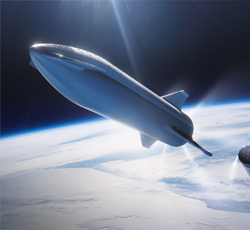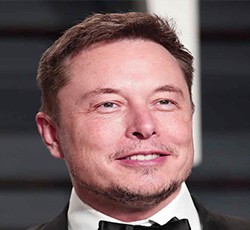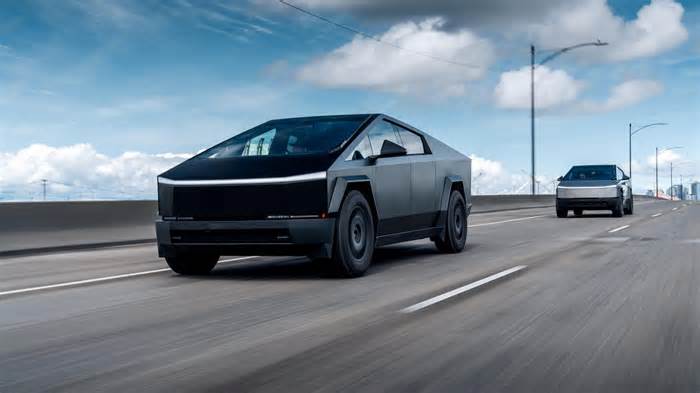
SpaceX fires up powerful new Falcon Heavy rocket
- by CBS News
- Jan 24, 2018
- 0 Comments
- 0 Likes Flag 0 Of 5

Updated on: January 24, 2018 / 2:47 PM EST
/ CBS News — Elon Musk (@elonmusk) December 2, 2017
The dramatic, highly anticipated test-firing came almost a month after SpaceX first hauled the huge rocket to pad 39A for initial tests and several weeks after a static firing was first expected.
SpaceX is the only major rocket company that test-fires main engines on the pad prior to launch as a confidence check to make sure the booster's systems are operating properly before committing a vehicle to flight. The static-fire, or hot-fire, test typically takes place a few days to a week before launch.
A towering exhaust plume billows into the afternoon sky during a test-firing of the 27 engines making up the three core-stage boosters in SpaceX's new Falcon Heavy rocket at the Kennedy Space Center in Florida on Jan. 24, 2018.
William Harwood/CBS News
On Sept. 1, 2016, a Falcon 9 rocket on pad 40 at the nearby Cape Canaveral Air Force Station exploded in a spectacular fireball five minutes before a planned static firing, destroying a $200 million communications satellite and heavily damaging the pad. Since then, SpaceX has reeled off 19 successful flights -- and hot fires -- in a row, most recently launching a classified satellite known as Zuma.
The mysterious satellite was lost, according to Pentagon sources, possibly because it failed to separate from the Falcon 9's second stage. SpaceX did not build the satellite's attachment mechanism, and the company insists the rocket performed normally.
SpaceX currently is preparing a Falcon 9 for launch from the Air Force station to boost a communications station for satellite operator SES into orbit. That hot fire could come in the next few days, and usually only one such test is required before flight.
But in the case of the Falcon Heavy, which is making its first voyage, additional tests likely are planned before it is cleared for launch.
The Falcon Heavy atop pad 39A at the Kennedy Space Center last month.
SpaceX
When it finally flies, the Heavy will be the world's most powerful operational rocket, generating more than 5 million pounds of thrust at liftoff from 27 Merlin engines -- nine per core vehicle.
SpaceX says on its website the Heavy can boost 119,000 pounds of payload to low-Earth orbit, the "equivalent to a 737 jetliner loaded with passengers, crew, luggage and fuel ... more than twice the payload of the next closest operational vehicle, the (United Launch Alliance) Delta 4 Heavy, at one-third the cost."
For its first flight, the Heavy's first stage is made up of two previously flown Falcon 9 boosters strapped to either side of a new center core stage. The outside core boosters will attempt landings back at the Cape Canaveral Air Force Station while the center stage is expected to land on an offshore drone ship on its initial flight.
The second stage, perched atop the central core stage, will carry the Tesla into space.
Musk has repeatedly downplayed expectations for the rocket's first flight, saying last year, "There's a lot of risk associated with Falcon Heavy, a real good chance that that vehicle does not make it to orbit."
"I want to make sure to set expectations accordingly. I hope it makes it far enough beyond the pad so that it does not cause pad damage. I would consider even that a win, to be honest."
More from CBS News
Please first to comment
Related Post
Stay Connected
Tweets by elonmuskTo get the latest tweets please make sure you are logged in on X on this browser.






 Energy
Energy


















